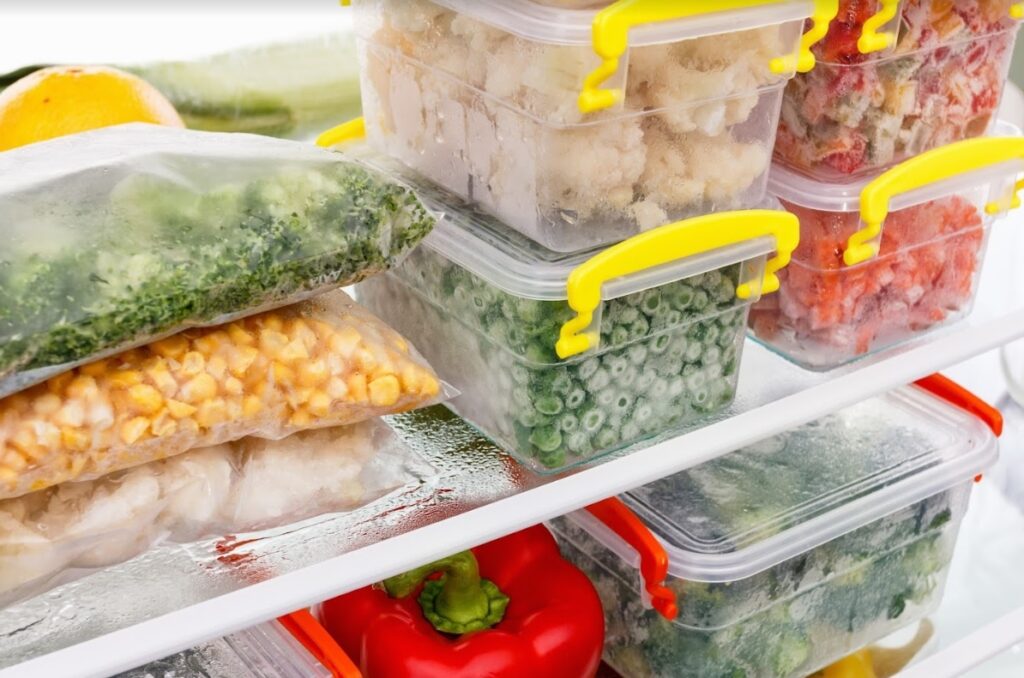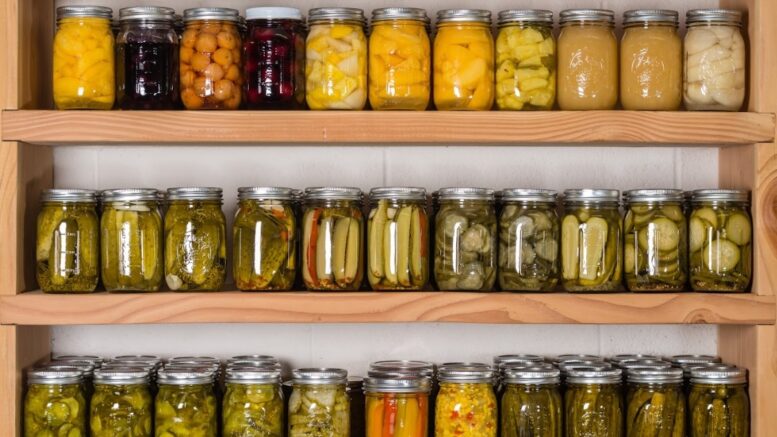Having fresh fruits and vegetables to serve on the table would always be the best thing that could ever happen in your home, as you’re giving everyone the healthiest food available. However, keeping them fresh might be a challenge as some fruits and vegetables get spoiled easily. While taking a trip back to the market is an option, you don’t want to spend most of your mornings traveling, wherein you can keep them fresh at home, by yourself.
Preserving fruits and vegetables at home to keep them fresh longer can be challenging, especially since there are plenty of factors that you should consider. To keep your kitchen away from spoiled fruits and vegetables and save you from the costs of buying fresh produce, listed below are some easy ways to help you preserve them at home:
Organize and Efficiently Prep with a Cleaver
Before diving into the various preservation methods, it’s important to highlight efficient preparation. Organizing your fruits and vegetables in a container will be easy if you can slice them before storing. Using tools like a cleaver can make this process even more efficient. A cleaver can quickly chop, dice, and mince large quantities of fruits, vegetables, and meats, aiding in efficient meal prep for the week.
By efficiently prepping, not only do you save time but also ensure that your produce is ready to be preserved using the methods below. Remember that most fruits and vegetables will last up to five days after being cut, but it’s still better than storing them bare in your pantry. Plus, it’ll make eating and serving them much quicker.
Place In An Airtight Container
One of the easiest and most non-invasive ways of preserving fresh fruits and vegetables is by placing them inside airtight or pantry containers. Doing so will help trap the moisture, helping to prolong their quality and minimize any development of fast decaying due to air exposure.
Organizing your fruits and vegetables in a container will be easy if you can slice them before storing them in the container and putting them inside the refrigerator. Remember that most fruits and vegetables will last up to five days after being cut, but it’s still better than storing them bare in your pantry. Plus, it’ll make eating and serving them much quicker.
Canning Vegetables
One of the ways to lengthen the life of vegetables is by canning. Canning is a process that involves putting food or your sliced vegetables inside a container or any pot that you have. Thus, it would be best to make sure that the containers you will be using are heat-resistant since you’ll be heating them to a specific temperature. Raising the temperature of your produce can kill the bacteria or any microorganisms in your vegetables that cause them to spoil.
Canning is a meticulous way to store and preserve your vegetables. Although the process is not that simple, you’re sure that your vegetables won’t have any health hazards due to the high temperature that the vegetables undergo.
Freeze Fruits And Vegetables
Storing your fruits and vegetables inside your freezer is the easiest way to keep them fresh. You don’t need to do much to them, and you need to wash them, put them inside a container, and put the container inside the freezer. Simple as that. Moreover, it would be best if you also froze them when they are at peak ripeness. This will help in prolonging the life of your fruits and vegetables.
Even though freezing them will keep them fresh, always keep in mind that you should still avoid long-term storage. The nutrients found in frozen fruits and vegetables will reduce after storing them for quite some time. You still need to ensure that you’ll keep enough to consume within three months. Still, the best thing about freezing fruits and vegetables is that you have access to these types of produce even when they are out of season.

Drying Them
Another way of keeping your fruits and vegetables fresh is by drying them. You can perform drying by increasing the temperature of your produce to make its moisture evaporate. Another factor to consider is the storage humidity of where you will be drying them. You need to make sure that the temperature and humidity balance well since both are necessary for you to dry your fruits and vegetables successfully.
Drying prolongs the storage of your fruits and vegetables. You can also pack them in smaller containers since dried fruits and vegetables don’t take too much space. This way, you can pack as much as you want since they’ll be in smaller sizes.
Consider Pickling
Having lots of vinegar in your pantry will surely help you preserve your fruits and vegetables. Vinegar is one of the things that you can use in the process. Pickling is a process of preserving produce in vinegar or any salt solution, which can help prevent the spoilage of your produce. It’s a strong acid solution in which a few bacteria or microorganisms cannot survive. Imagine the benefits of soaking your fruits and vegetables in vinegar. Not only could it help prolong the life of your produce, but it can also reduce bacteria and any health hazards.
Pickling isn’t only for preserving your produce. It can also add a special flavor to them or any other food mixed. Your produce can change in texture as well. Once done, you can now have pickled fruits and vegetables that supply your body with vitamins, minerals, and antioxidants.
Takeaway
Food is one of the essentials to keep the body moving. Therefore, it’s essential to preserve fruits and vegetables to maximize their lifespan while minimizing your costs. While it might be an added process to keep them fresh, the benefits that it’ll bring to your household would be worth it.
